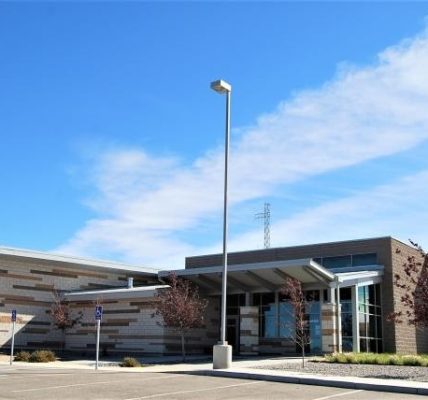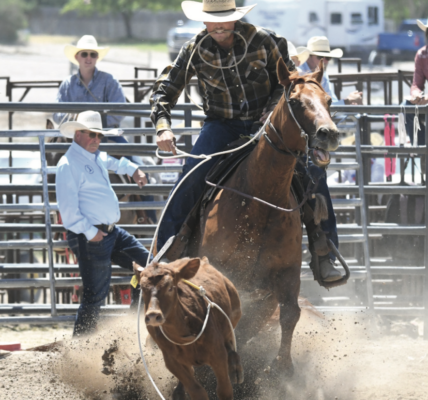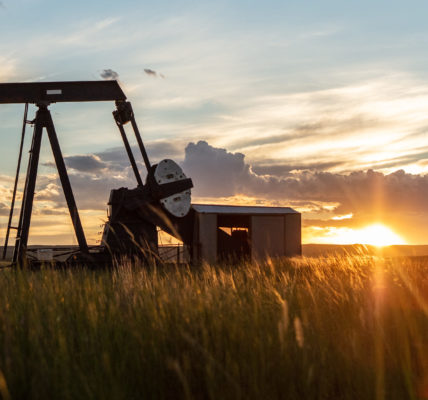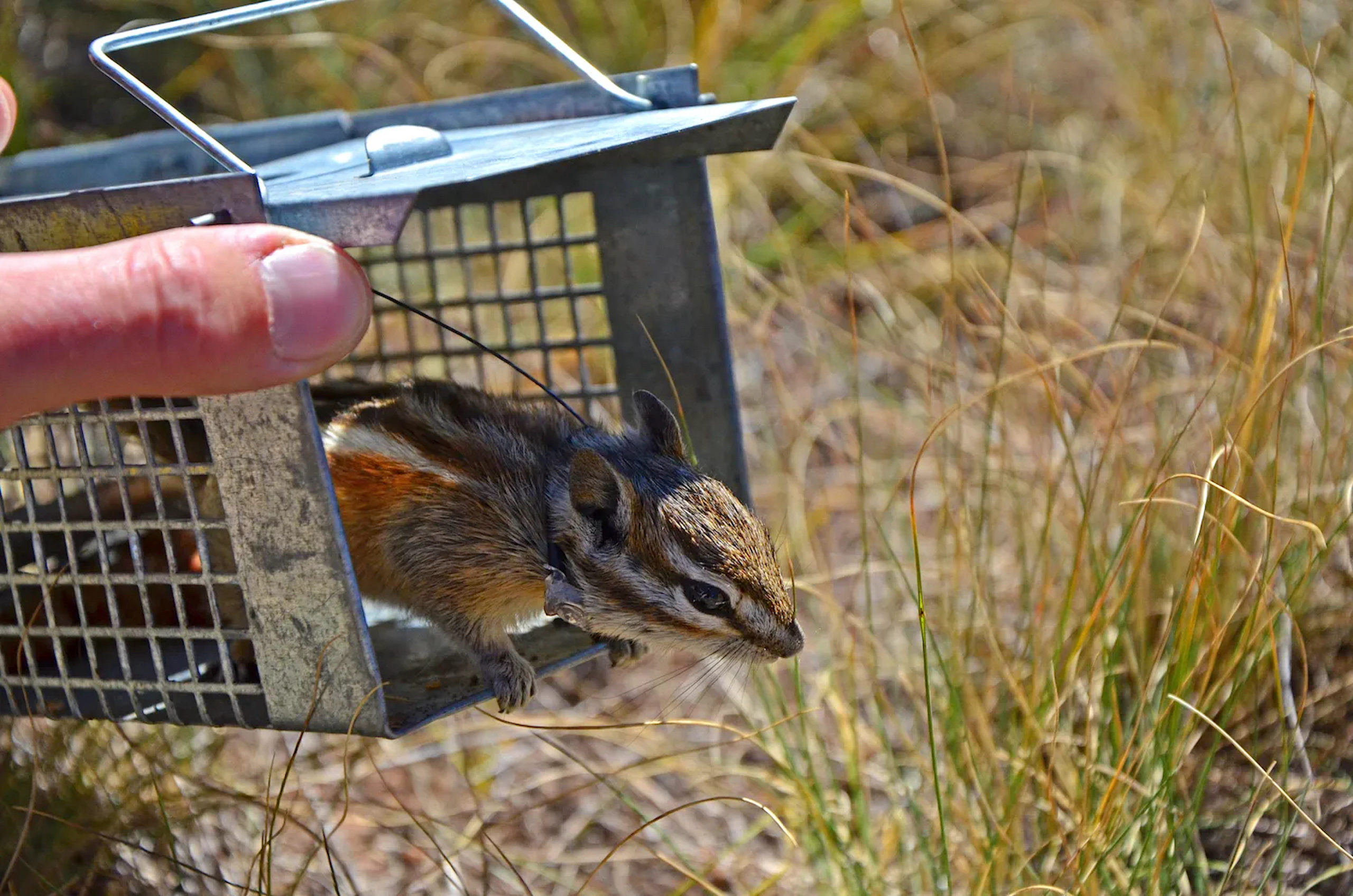
By Christine Peterson, WyoFile.com
One night in late August, University of Wyoming researchers Merav Ben-David and Eric Quallen spent hours euthanizing more than 50 captive chipmunks. The next week, they killed the other 70. The animals had been the subject of a three-year research project.
Euthanizing the chipmunks was part of the researchers’ original protocol.
But for a couple months during the summer, they thought maybe those chipmunks — many of which had been bred in captivity but had all been kept in outdoor pens and handled infrequently by humans — could be released back into the wild. The local populations didn’t need an infusion of more animals, but researchers working in chipmunk conservation could benefit from the information.
“These animals could have served as a model of conservation,” said Quallen.
Even the Wyoming Game and Fish Department agreed, signing off on a permit to allow the release back into the area where the original chipmunks had been caught.
The university, after consulting with the U.S. Department of Agriculture, eventually said no, and the researchers had to follow their original protocol, which ended with the killing of the research animals. And while Ben-David and Quallen understand that position, they said, they regret both the unnecessary loss of life and the lost research potential. While the internal back and forth is not something the university or USDA want to comment on, the disagreement brings a little-talked-about research issue to the fore: What happens to wild animals captured for research, and how do we, as humans, determine their fate?
Ben-David and a rotating cast of researchers have been studying chipmunks on Pole Mountain east of Laramie for the past 16 years. The project has examined everything from survival and abundance to movement and hibernation of the area’s six subpopulations.
When Quallen proposed his PhD project four years ago, he wanted to study how chipmunks vary by individual behavior — as in, how individuals learn and develop memories.
“And how does that come together to affect the success of a population as a whole?” he asked. “When you reintroduce an endangered species, you will pick the youngest because they are healthiest and will produce the most offspring. But think about humans and what would happen if you take a bunch of horny teenagers and put them together. You would have a lot of offspring, but a huge lack of information and intelligence and knowledge and altogether they might not do that well.”
With chipmunks, the question came down to why some individuals seemed to overwinter better than others.
“Their survival depends on their ability to locate resources, which is memory,” Quallen said. “Did you survive the year before? Do you remember where you put your resources? It’s very difficult to isolate those in the field.”
So he wrote a detailed, 17-page protocol for how he would accomplish the research goals, and UW’s Institutional Animal Care and Use Committee approved the plan. In 2019, he captured 20 chipmunks from near the study area and brought them to UW’s Red Buttes Environmental Biology Laboratory. There he kept them in outdoor pens covered in raptor netting and ran occasional tests on the chipmunks that probed learning and memory. To avoid handling the chipmunks, researchers installed cameras for observation and microchips that would allow them to track where the animals hibernated and other aspects of interaction.
“We could teach them a task at the beginning of the summer and then look at short-term memory by testing them later,” he said.
When he wrote his protocol, under Ben-David’s supervision, neither believed the chipmunks would successfully breed in captivity, so they proposed concluding the project by euthanizing the few individuals that may remain. Chipmunks rarely reproduce in captivity, at least in indoor lab settings. It’s one of the challenges facing chipmunk reintroductions with threatened or endangered species. But for whatever reason, this population did successfully reproduce. A lot.
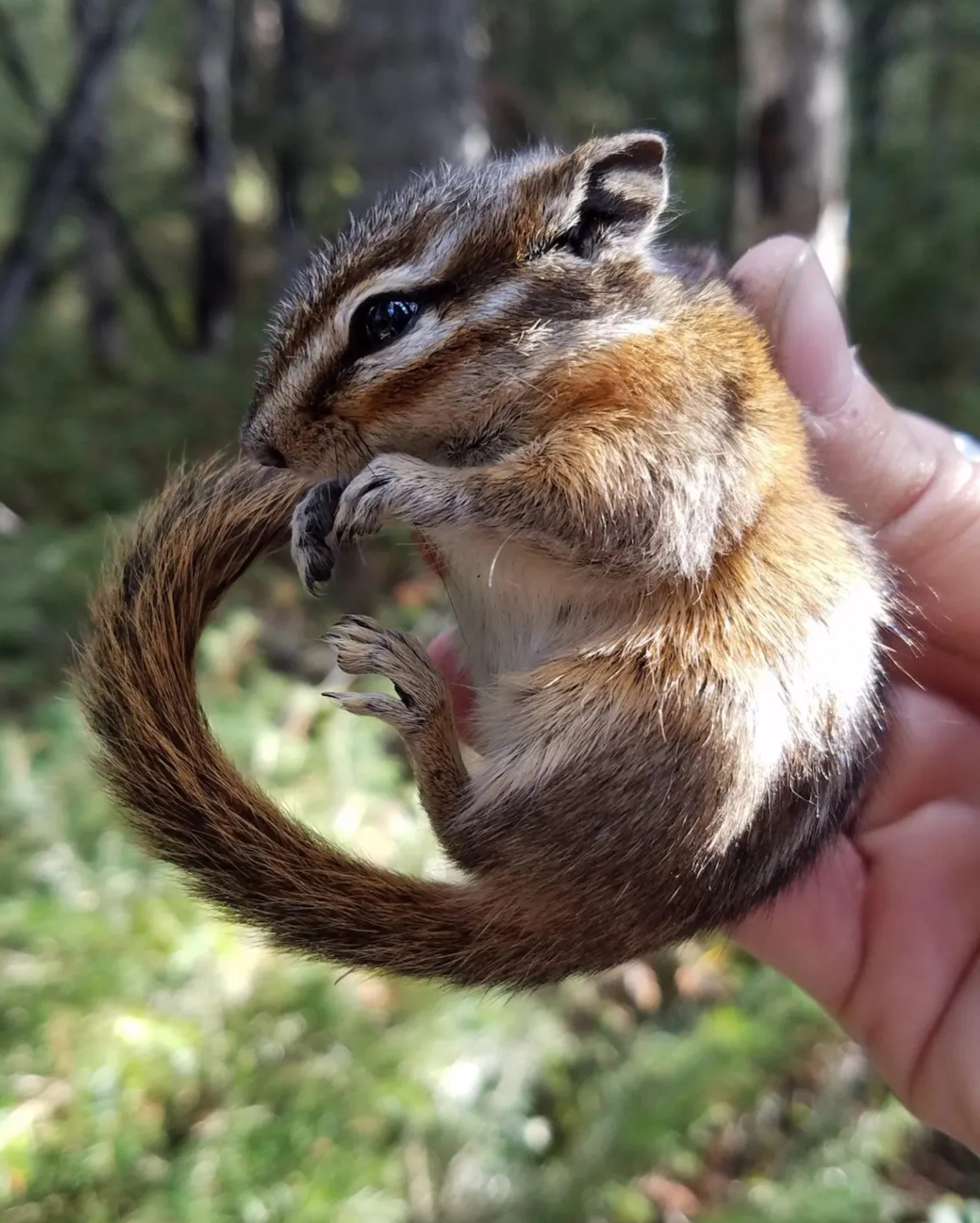
In early July, at the end of his study, Quallen went back to the Animal Care and Use Committee and asked about alternative solutions for the chipmunks since they were so numerous. One member suggested the chipmunks could be released back into the wild, but Quallen would first need permission from Game and Fish and later the entire regulatory committee.
The more Quallen thought about it, the more a release made sense, he said. The chipmunks would return to an area that has already been studied for years. They all had microchips, which would make it easier to determine which individuals survived and which ones died. And researchers could use the experiments to determine what skills correlated to survival in the wild.
He and Ben-David believed the information could be used to aid in future reintroductions with species like the Palmer’s chipmunk in Nevada and the Peñasco least chipmunk in New Mexico. The Palmer’s has been petitioned for listing, and the U.S. Fish and Wildlife Service recently proposed giving federal protections to the Peñasco.
Wyoming Game and Fish agreed, signing off on the release in a letter dated July 13. But after weeks of back and forth, the university ultimately denied the request, and the chipmunks had to be destroyed at the facility.
No one on the Animal Care and Use Committee agreed to speak to WyoFile, but released a statement in an email through university spokesperson Chad Baldwin.
“To release animals bred in captivity into the wild, the IACUC mandates that researchers follow best practices outlined in the Animal Welfare Act to ensure that the animals are properly acclimatized to survive in the wild,” UW’s statement reads. “This includes the documented ability to forage for food and display appropriate fear of predators. Wild animals bred in captivity lose these essential survival skills; thus, releasing them in to the wild would cause them undue behavioral stress and significantly reduce their chances of survival.”
Ben-David and Quallen said even the chipmunks born at the facility had those abilities because they were fed wild foods, kept in outdoor pens where they were exposed to predators like raptors and raccoons and seldomly handled by humans.
The university committee, which holds ultimate authority over research animals, however, stated: “Releasing captive-bred animals to the wild is a complex practice and rarely an option for research animals, as it may be more stressful, painful or otherwise problematic than quickly and humanely euthanizing the animals in a controlled setting at the conclusion of a study.”
The fate of many research animals is clear: Lab rats and mice, hundreds of generations removed from their field-born ancestors, don’t go back to the wild.
Along with more typical species bred for research like mice, rats and even monkeys, a surprising number of wild animals are captured for study each year at universities and other institutions around the world. And most of them never go back into the wild. Animals like elk at the Wyoming Game and Fish Department’s Tom Thorne/Beth Williams Wildlife Research Center at Sybille, for example, don’t rejoin their wild brethren in large part because of potential exposure to pathogens.
There are exceptions. Wild animals like pheasants are bred in captivity and then released for hunting, and dozens of species of freshwater sport fish are bred in hatcheries and released for anglers or to augment wild populations.
Endangered animals like black-footed ferrets and the Wyoming toad are also bred in captivity and released to try and prevent wild populations from blinking out, and raptor rehabilitation centers take wounded golden eagles, for example, nurse them back to health and release them once more.
But universities also release wildlife after studies when those animals can answer bigger questions for the species. It all comes down to determining the balance between stress on the animal and benefit from the questions that putting them under that stress could answer.
In one of Ben-David’s most extreme examples, she once captured and fed river otters crude oil before rehabilitating them for a University of Alaska project. The study aimed to understand if ingesting crude oil impairs an animal’s ability to dive for food. Field studies could be done on animals naturally exposed to oil spills, but oil companies explained those studies away by the nuance of the location. Concrete proof of the impact needed to come from a controlled laboratory study.
Ben-David and her colleagues ultimately found that ingesting crude oil gives animals anemia and prevents them from being able to dive, leading to their eventual starvation. Papers published from her work were used in lawsuits against oil companies, including after the Exxon Valdez and Deepwater Horizon oil spills.
For the university, it all comes back to that language in the Animal Welfare Act about stress and distress.
UW isn’t opposed to releasing captive wildlife back into their natural surroundings, the committee’s statement reads, but it is “often a large, long-term undertaking with sufficient planning and coordination among university, state and federal agencies.”
Quickly euthanizing the chipmunks, according to the approved protocol, was the least stressful option for the species.
While no study exists that can actually determine the stress level of chipmunks, Wyoming’s wildlife chief said that ultimately, being a wild animal is not a stress-free proposition.
“Look at how things work in the real world,” Brian Nesvik, director of the Wyoming Game and Fish Department, said. “I mean, everything dies of something bad, you starve to death, a long and slow death in the winter, you get eaten by a wolf torn apart while you’re still alive, you have an eagle land on your back and chew on you while you’re alive.
“The animal world is rough, and turning something loose to go learn how to live isn’t any different than what normally happens anyway, in my view.”
It’s up to humans, Ben-David said, to determine the cost-benefit analysis. Take capturing deer and placing GPS collars around their necks. The experience is likely stressful for the deer, but the data uncovered leads researchers, landowners and land managers to better understand where fences could be changed or removed, highway over- or underpasses installed or places to avoid housing or energy development. Those benefits could far outweigh the individual cost to collared animals.
“Everything that I do, every study that I do and every animal that I sacrifice in my research, is so we can learn more about how we impact wildlife and what can we do to make it less impactful,” Ben-David said. “That is my goal. That is what I do.”


